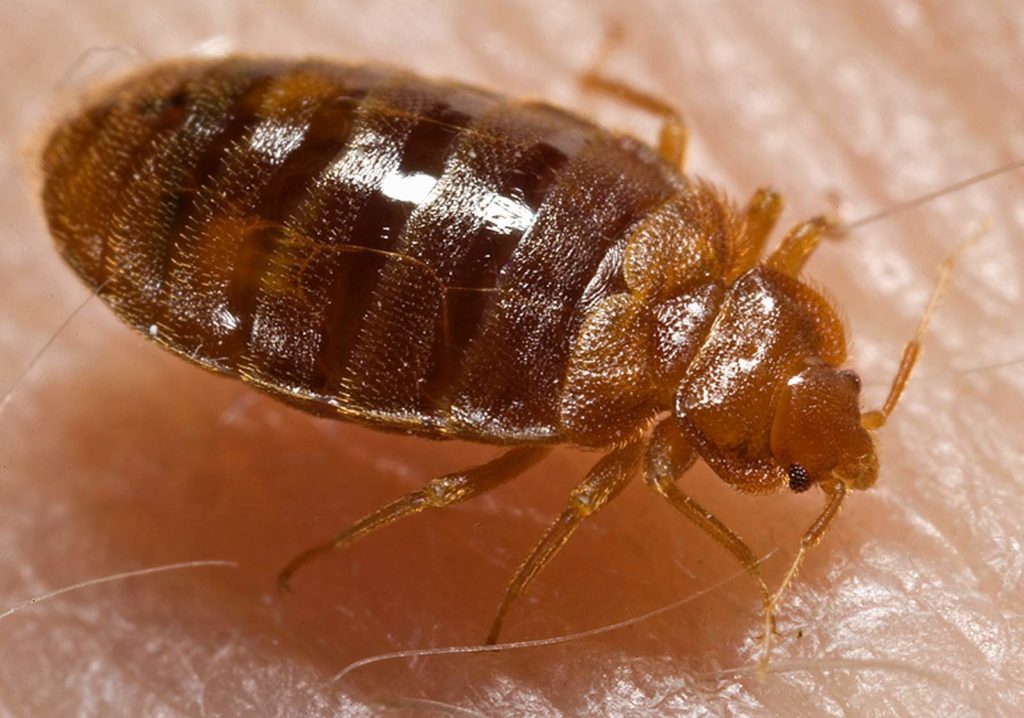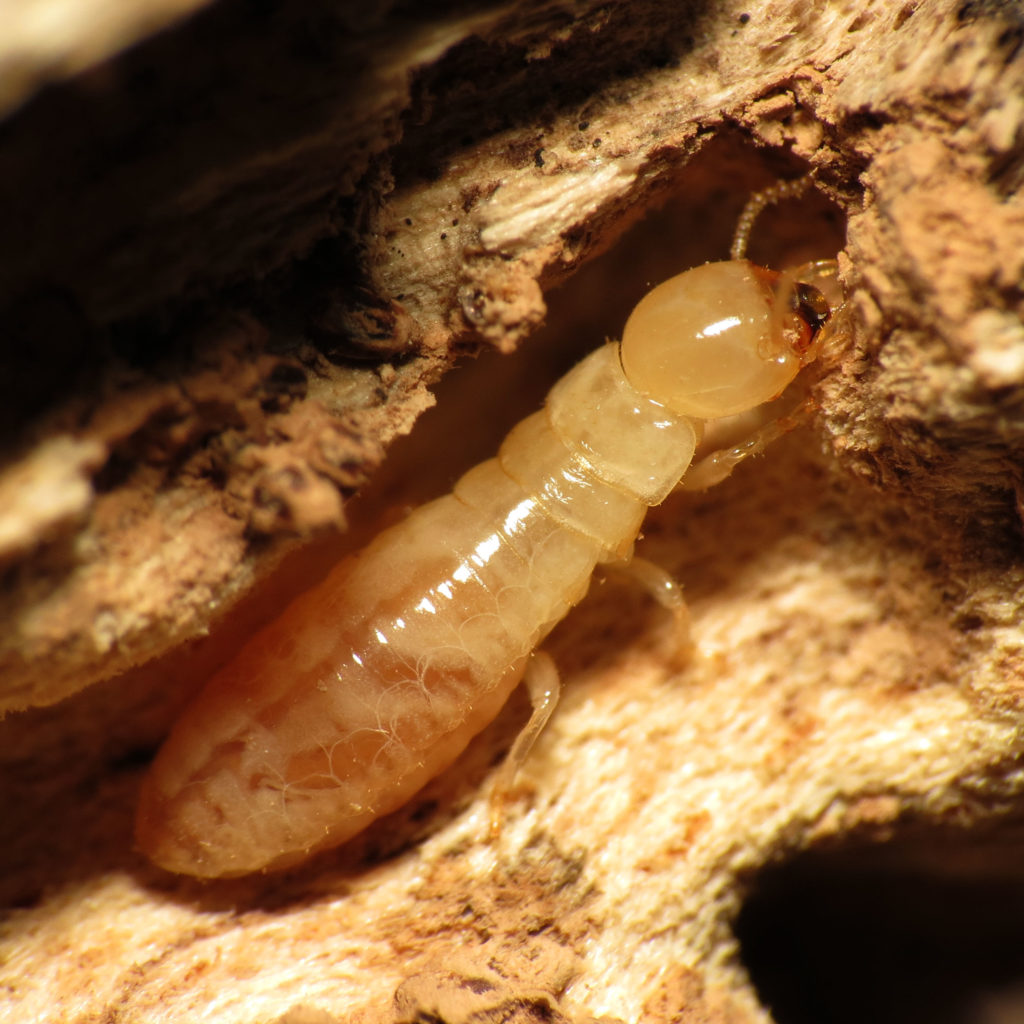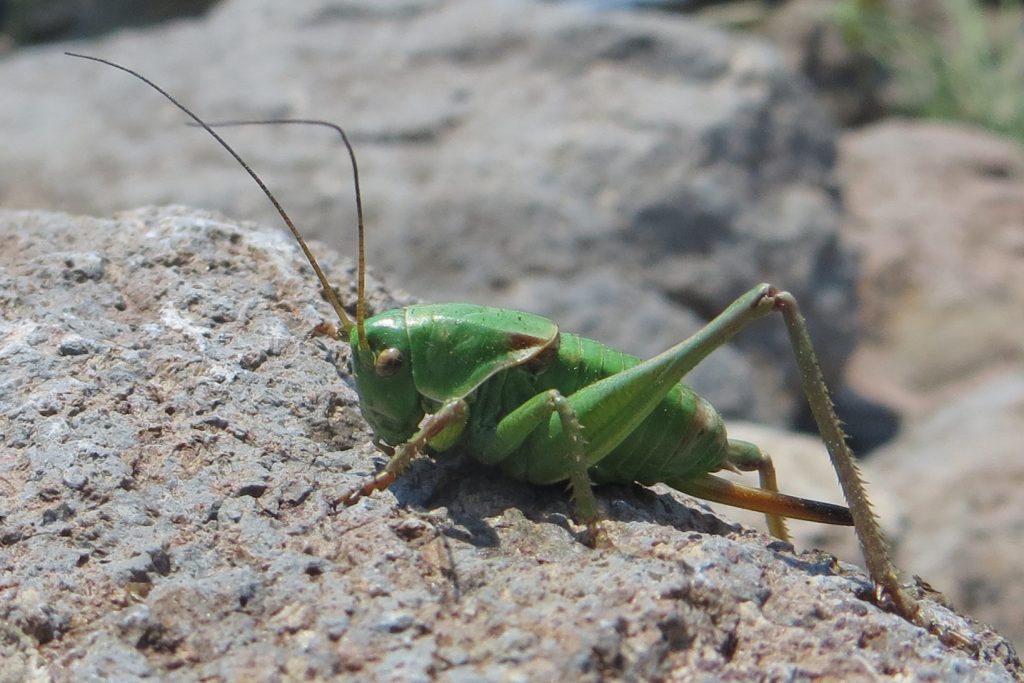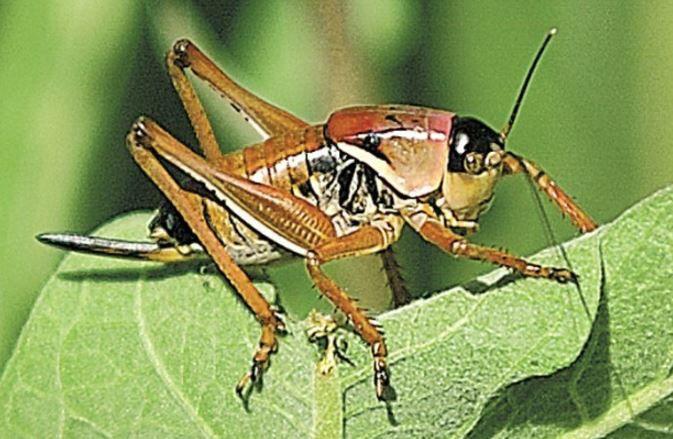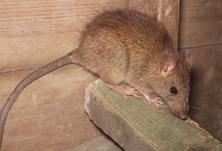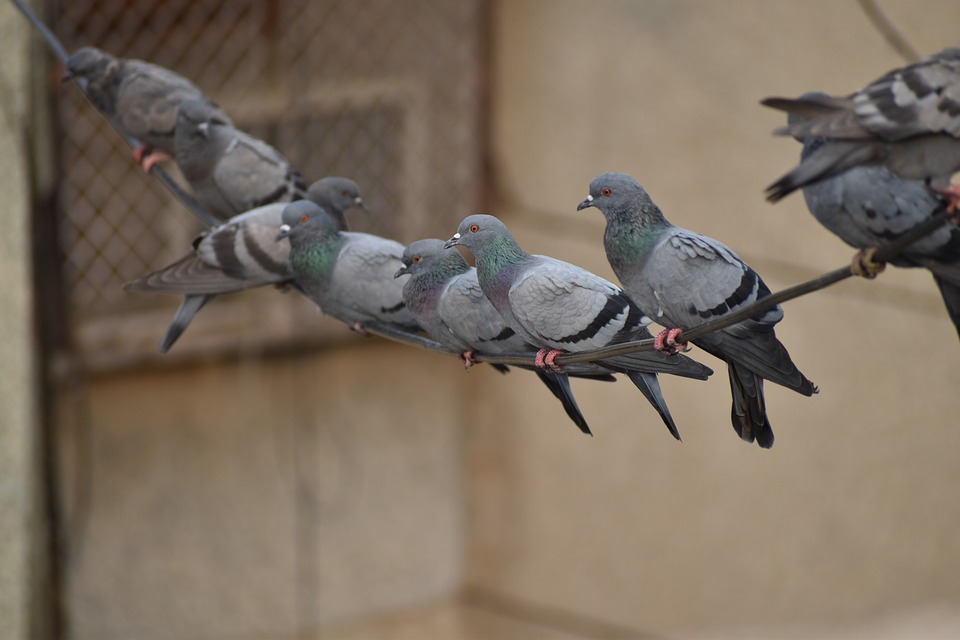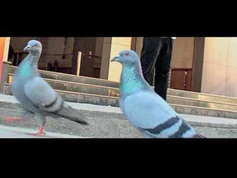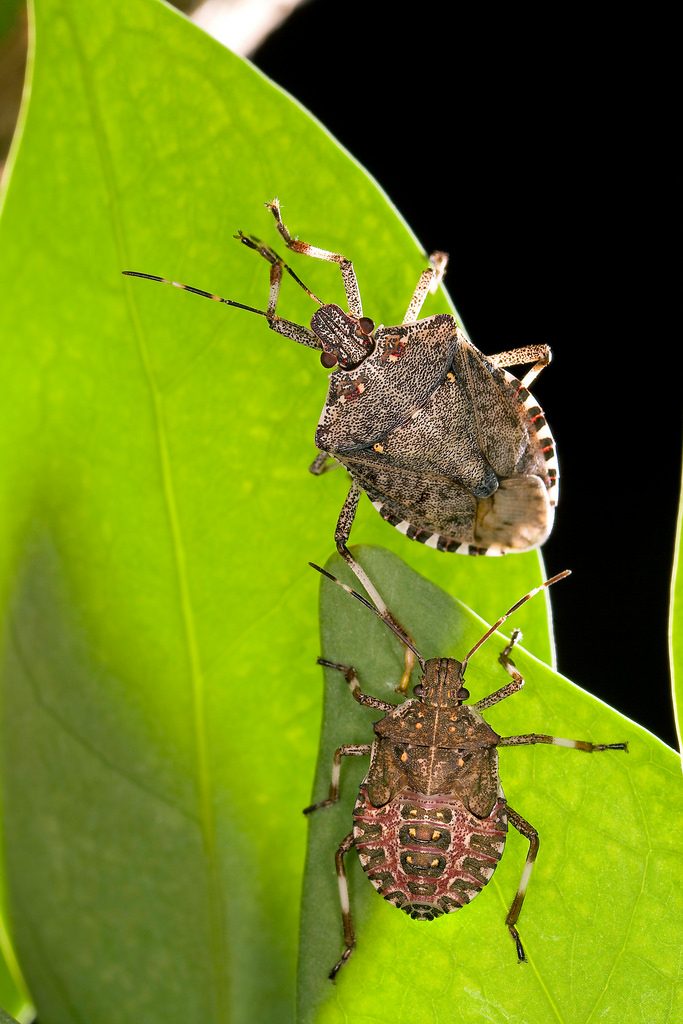The allium leafminer (also known as the onion leafminer) came originally from Central and Eastern Europe, where it’s a serious pest on leeks, onions, and chives. It has been spreading outwards in the last 20 years and is now found throughout Europe. Later, it was spotted in Lancaster County, PA, in December 2015, making it the first confirmed infestation in the western hemisphere.
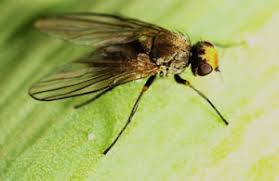
The pest is seen targeting onions, leeks, garlic, chives, shallots, as well as green onions, with leeks being described as the most damaged host.
Leaf mining takes place mostly from April to May and from October to November. However, the damage is most obvious later, once rotting has set in, so is usually seen in overwintering leeks between December and February, and in onions in June.
One of the first symptoms you will notice on plants is wavy, curly, and distorted leaves, upon closer inspection, you will be able to see puncture marks along the sides of the leaves toward the distal end.
The fly larvae mine the plant leaves and move toward the bulb and leaf sheaths where they pupate. Exactly where they pupate in the plant may vary depending on bulb and leaf size. To check for larvae, the plants must be pulled out of the ground and the leaves pulled back.
Recent news reported is:
Controls sought for pest threatening Black Dirt onions
By Judy Rife │Times Herald-Record │March 5, 2019
PINE ISLAND – Preliminary research has begun to identify controls for the allium leafminer, the new pest that poses a threat to Orange County’s signature onion crop, but the battle is far from over.
That is the message growers heard Tuesday at Cornell Cooperative Extension’s annual onion school, a day-long event held at the Pine Island Fire Department.
“The question everybody has that we can’t answer yet is ‘Will it cause economic damage to the bulb onion crop?’ ″ said Brian Nault, a professor of entomology at Cornell University, explaining the pest is still getting established.
“So far,” he continued, “seeded and transplanted onions have escaped, which is not the case with garlic, leeks, spring onions and chives where we have seen as much as 75 percent damage.”
Cornell’s team is working in tandem with a team at Penn State. The two universities received $325,000 from the U.S. Department of Agriculture last year to study controls for the leafminer over the 2019 and 2020 growing seasons.
New insect pest a threat to onion and related crops in Pennsylvania
By Chuck Gill │May 12, 2016

UNIVERSITY PARK, Pa. — An insect never before found in the Western Hemisphere has been discovered in Pennsylvania, and agriculture officials are asking growers and home gardeners to help monitor and manage the new invasive pest.
“It is now present throughout Europe, reaching the United Kingdom in 2004,” Fleischer said. “It recently has been reported in Asia, Turkey, Russia and Turkmenistan.”
“High rates of infestation have been reported,” Fleischer said. “There can be from 20 to 100 pupae per plant, and 100 percent of plants in a field may be infested.”
Is there any solution available to combat these pests?
Yes, to get rid of these pests we have an eco-friendly solution!
At C Tech Corporation, we provide you with Combirepel™ which is an insect aversive repellent. Combirepel™ is manufactured on the basis of green technology. It is extremely low toxic, low hazard, non-mutagenic and non-carcinogenic insect aversive. Also, it is durable under extreme climatic conditions such as changes in temperature, rainfall, water pressure etc.
Our product is ROHS, ROHS2, EU BPR, APVMA, NEA compliant and FIFRA exempted. Our product will not kill the target as well as non-target species but only repel which helps in maintaining the ecological balance of the earth.
Combirepel™ is available in the form of a Masterbatch, liquid concentrate, and lacquer.
Combirepel™ Masterbatch is specially made for polymeric applications and used as additives in their processing time. It can be incorporated into the polymeric applications like
Combirepel™ liquid concentrate is to be mixed in paints in pre-determined proportion and can be applied on the concrete fences around farms. It can be used on the interior and exterior of storehouses used to store food grains and other agricultural produce.
Combirepel™ lacquer form can be directly applied to
Our newly developed product is in the form of a spray. CombirepelTMpest repellent spray can be used against a wide spectrum of rodents and insects to keep them away from an application. can be used by anyone and sprayed in farms, as well as the
Contact us at technical.martketing@ctechcorporation.com to get best solutions on pest nuisance
Also visit our websites:
http://www.ctechcorporation.com/
http://www.rodrepel.com/
http://www.termirepel.com/
http://www.combirepel.com/
Follow our Facebook pages at:
1] https://www.facebook.com/Combirepel-411710912249274/
2] https://www.facebook.com/Termirepel-104225413091251/
3] https://www.facebook.com/Rodrepel-120734974768048/
Follow us on our Twitter pages at:
1] https://twitter.com/rodrepel
2] https://twitter.com/termirepel
3] https://twitter.com/combirepel




